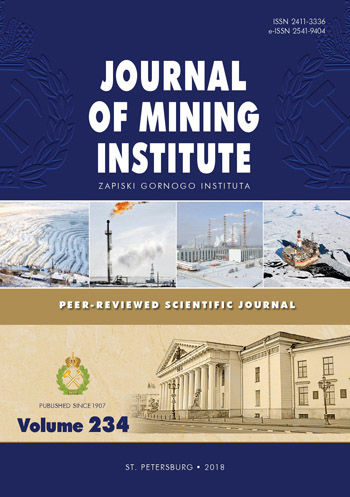Development of vibroacoustic module for fine filtration of drilling muds
- 1 — Ph.D. associate professor National University of Science and Technology «MISIS»
- 2 — Ph.D. associate professor National University of Science and Technology «MISIS»
- 3 — post-graduate student National University of Science and Technology «MISIS» ▪ Orcid
Abstract
The issue of drilling mud multiple use is problematic. To reuse, the solution must be efficiently cleaned from solid particles according to the class of 0.04-0.07 mm. An analysis of existing technologies and equipment has shown that drilling mud regeneration schemes are rather difficult to operate and expensive. In world practice there has been a tendency to create universal equipment, which allows most complete cleaning cycle for a drilling mud in fine grades. The paper proposes an innovative vibroacoustic module for cleaning drilling muds from sludge. The creative element of the proposal is the impact of vibroacoustic oscillations on the drilling mud passing through the mesh element. At the same time, specific effects arise around the mesh, which increase the productivity and efficiency of the process. The design of the vibroacoustic apparatus and the principle of its operation are presented. An important element of the proposal is that the oscillation is created by pistons interconnected by rods and located on opposite sides of the mesh. This dipole system provides the excitation of variable pressures of different polarity before the mesh and after it. The results of industrial tests of the vibroacoustic module when servicing the BU-75-BrE drilling rig are presented. The dependence of the installation performance and efficiency on the amplitude of oscillations was found. The optimal dynamic range of exposure (from 5.5 to 6.5 mm) was determined. Analysis showed that in the composition of the cleaned drilling mud, the maximum particle size of the solid phase did not exceed 0.04 mm. The conducted industrial tests confirmed the possibility of using the vibroacoustic module for cleaning the washing fluid and developing a pit-free drilling technology on its basis.
